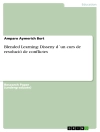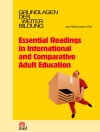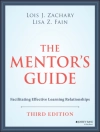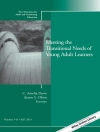The authors propose the science curriculum concept of Global Science Literacy justifying its use internationally with reference to the nature of science, the probable direction of science in the new millennium, the capability for GSL to develop inter-cultural understanding, and its relevance to non-Western cultures and traditions. It is relevant to curriculum developers, researchers, teachers and graduate students.
Table of Content
Preface. Section One: Foundations for Global Science Literacy 1. Evolution of Global Science Literacy as a curriculum construct; V.J. Mayer, A. Tokuyama. 2. A case history of science and science education policies; V.J. Mayer, R.S. Fortner. 3. The philosophy of science and Global Science Literacy; V.J. Mayer, Yoshisuke Kumano. Section Two: Appropriate Learning Environments. 4. The `explanatory stories’ approach to a curriculum for Global Science Literacy; C. King. 5. Cooperative learning: A basic instructional methodology for Global Science Literacy; R.W. Fortner. 6. Using the Internet in Earth Systems courses; W. Slattery, et al. 7. Development of Charles Darwin as an Earth-systems scientist: A field experience; D.B. Thompson. 8. A student conducted Earth systems field investigation; H. Shimono, M. Goto. 9. Using historical events to develop ethical and aesthetic attitudes; F. Lillo, J. Lillo. 10. Assessment in a Global Science Literacy and Korean context; J. Nam, V.J. Mayer. Section Three: Issues in Structuring Curriculum 11. An Earth curriculum development model; N. Orion. 12. Enabling Global Science Literacy for all; E.B. Klemm. 13. Developing the concept of deep time; R.D. Trend. 14. How a Japanese science teacher integrates field activities into his curriculum; M. Goto. 15. The potential role for Global Science Literacy in Japanese secondary school; V.J. Mayer, et al. Index.












